50+ Sample Easement Agreement Templates
-
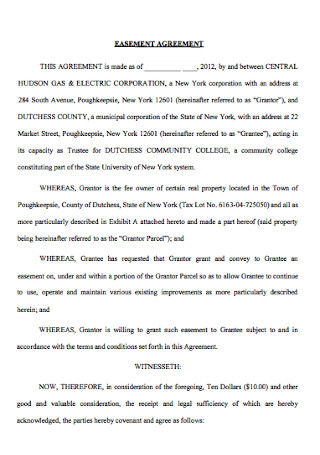
Sample Easement Agreement Template
download now -

Sample Easement Agreement Template
download now -
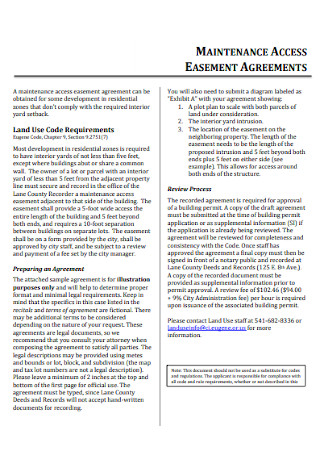
Maintenance Access Easement Agreement
download now -

Utility Easement Agreement
download now -
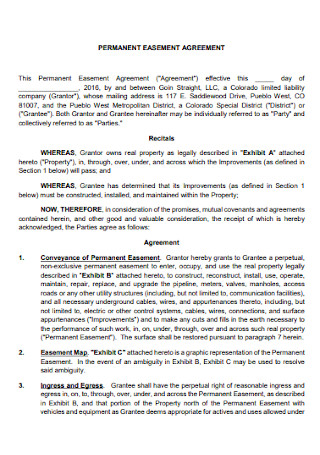
Permanent Easement Agreement
download now -
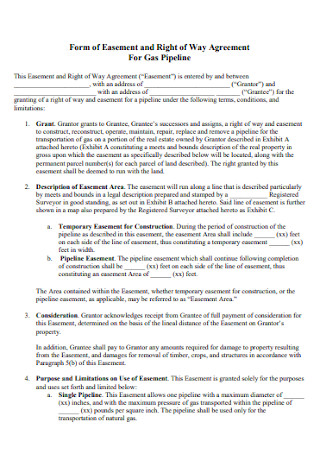
Easement Agreement for Gas Pipeline
download now -
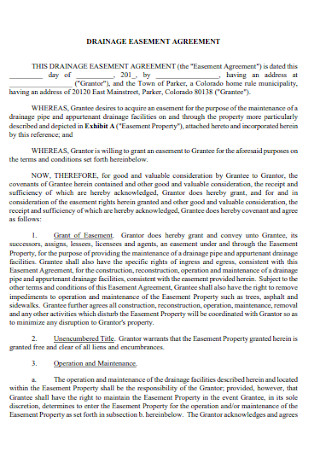
Drainage Easement Agreement
download now -
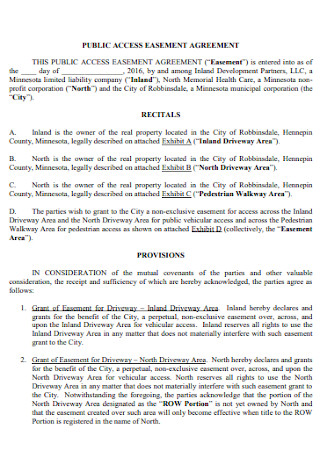
Public Access Easement Agreement
download now -

Reciprocap Easement Agreement
download now -
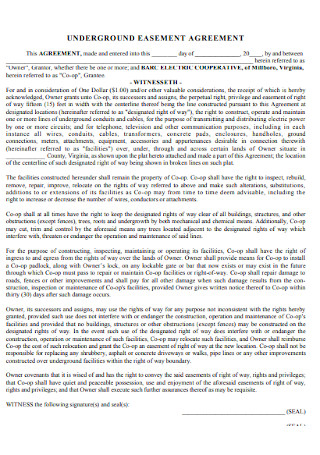
Underground Easement Agreement
download now -
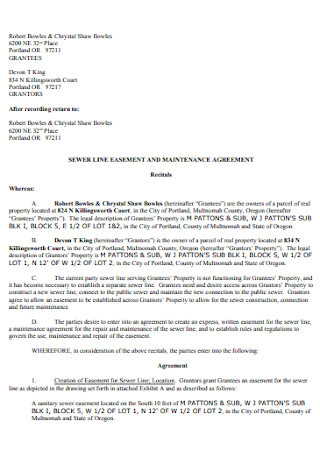
Easement and Maintenance Agreement
download now -
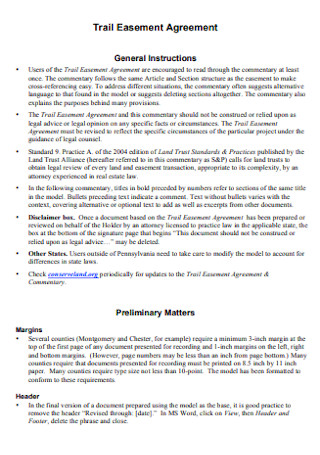
Trail Easement Agreement
download now -
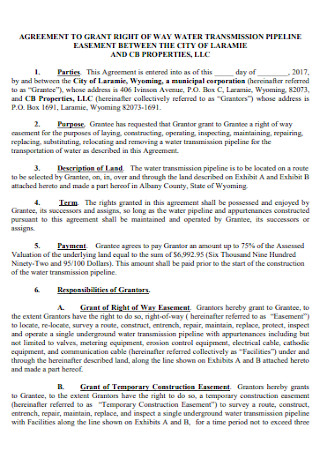
Grant Easement Agreement
download now -
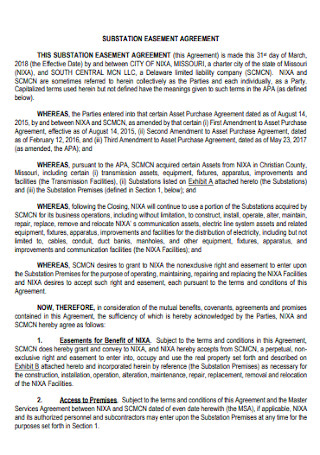
Substation Easement Agreement
download now -
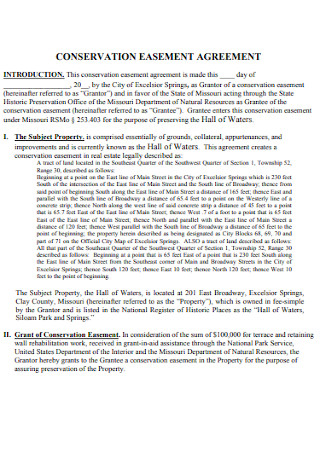
Conservation Easement Agreement
download now -
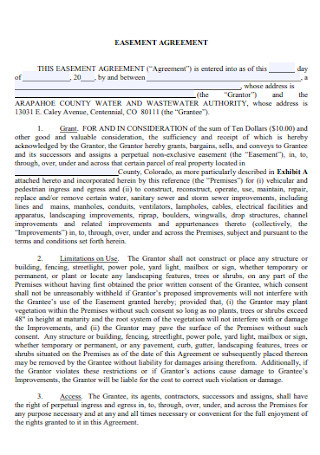
Easement Agreement Form
download now -
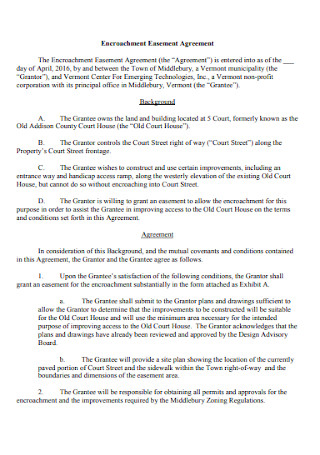
Encroachment Easement Agreement
download now -
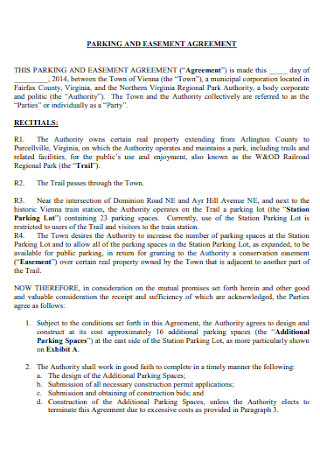
Parking and Easement Agreement
download now -
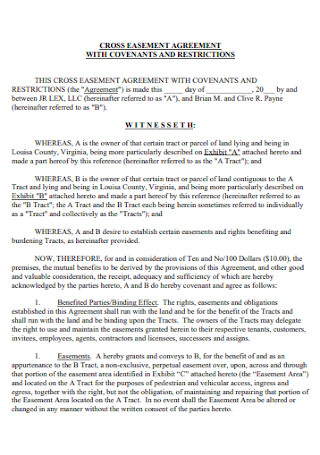
Cross Easement Agreement
download now -
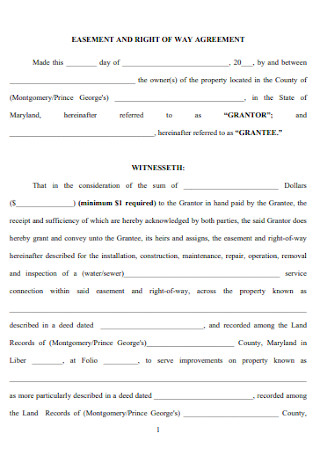
Easement and Right of Way Agreement
download now -
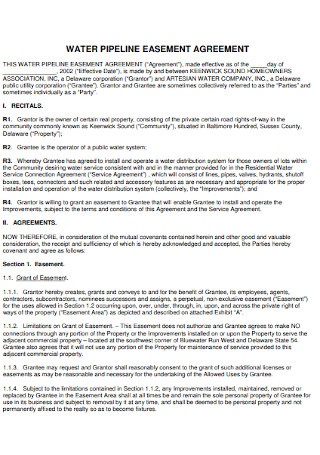
Water Pipeline Easement Agreement
download now -
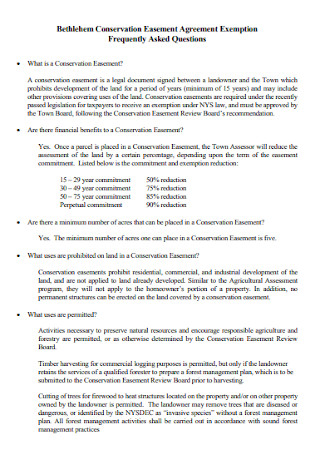
Bethlehem Conservation Easement Agreement
download now -
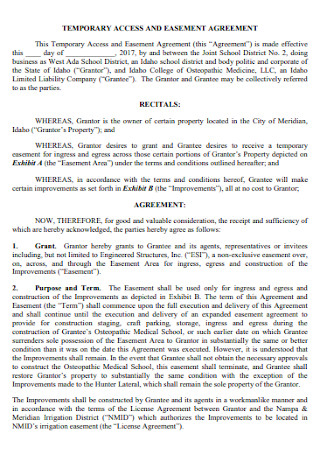
Temporary Acess and Easement Agreement
download now -
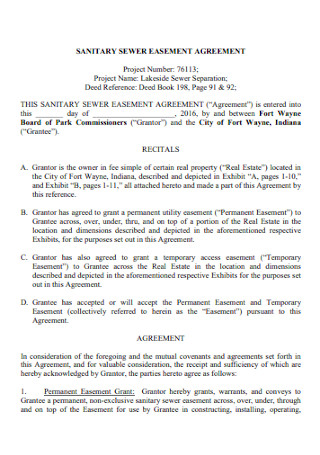
Sanitary Sewer Easement Agreement
download now -
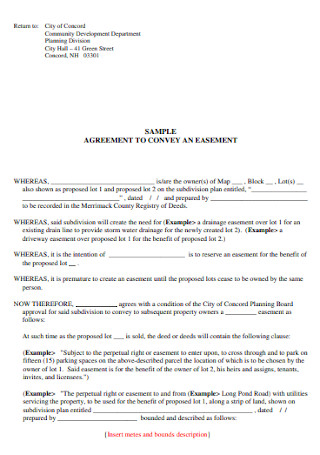
Agreement to Convey an Easement
download now -
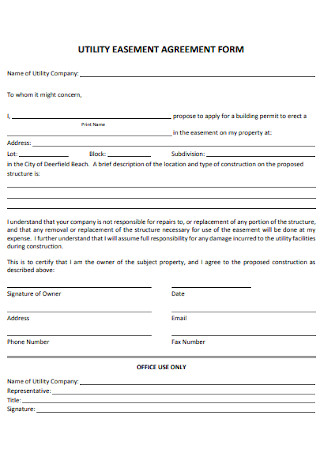
Utility Easement Agreement Form
download now -
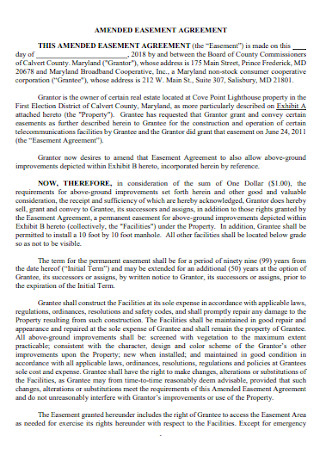
Amended Easement Agreement
download now -
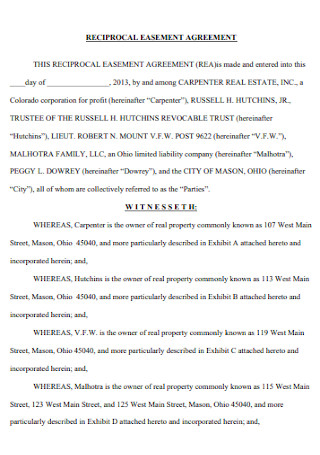
Reciprocal Easement Agreement
download now -
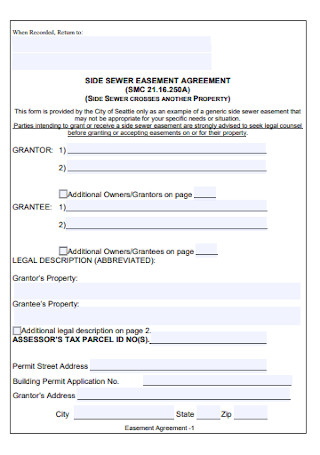
Side Sewer Easement Agreement
download now -
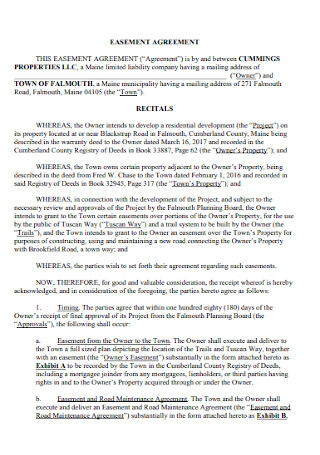
Easement Agreement Format
download now -

Egress Easement Agreement
download now -
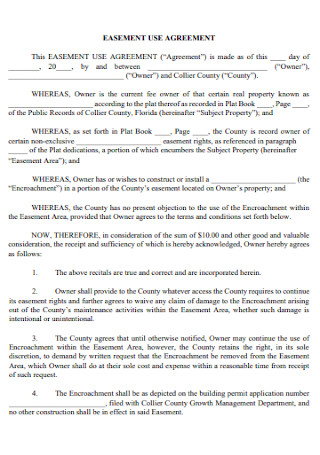
Easement Use Agreement
download now -
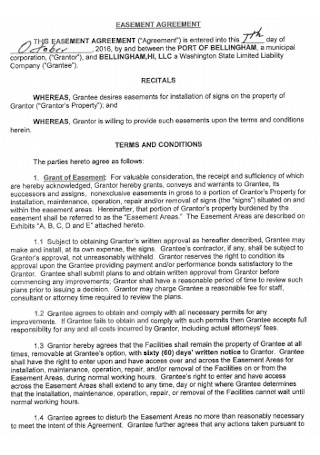
Approval of Sign Easement Agreement
download now -
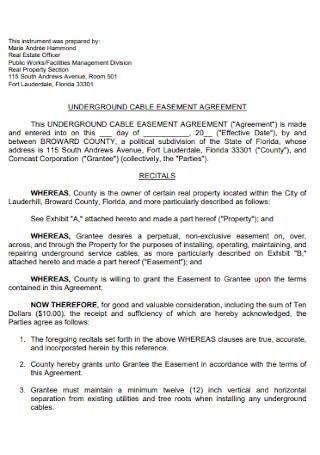
Underground Cable Easement Agreement
download now -
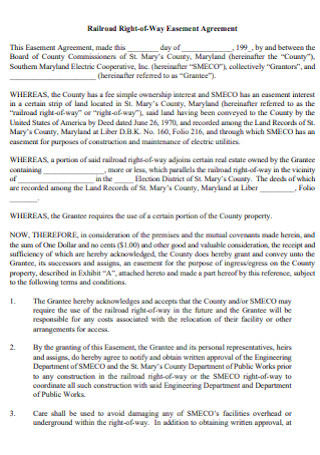
Railroad Right-of-Way Easement Agreement
download now -
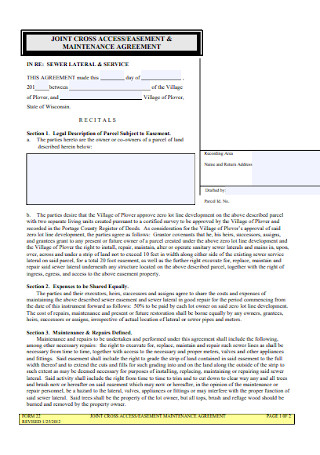
Joint Cross Easement Agreement
download now -
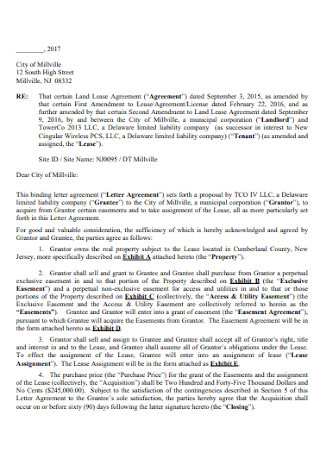
Land Lease Easement Agreement
download now -

Transfer of Easement Agreement
download now -

Sight Triangle Easement Agreement
download now -

Easement Agreement Cover Sheet
download now -
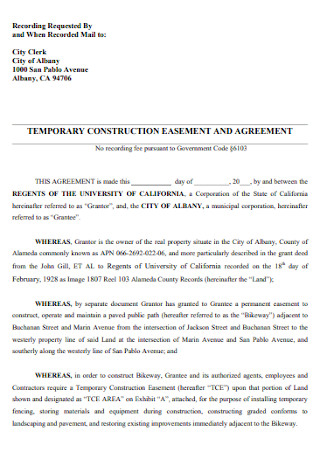
Temporary Construction Easement and Agreement
download now -
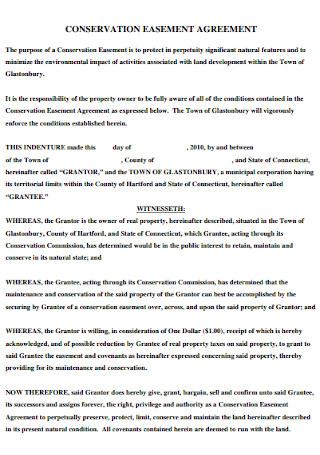
Sample Conservation Easement Agreement
download now -
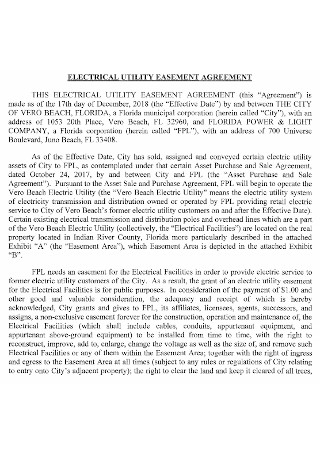
Electrical Utility Easement Agreement
download now -
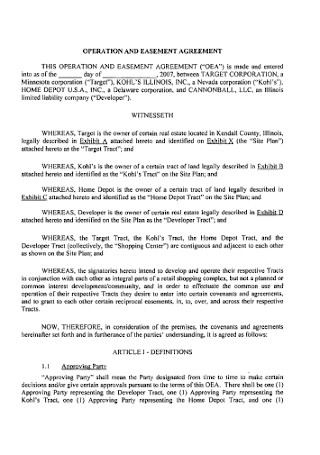
Operation and Easement Agreement
download now -
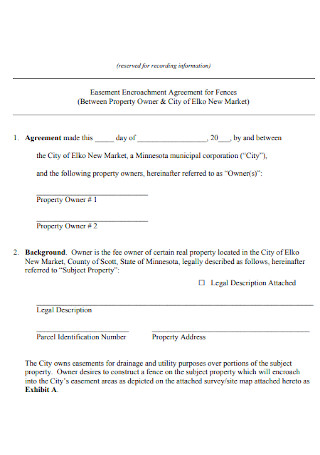
Easement Encroachment Agreement for Fences
download now -
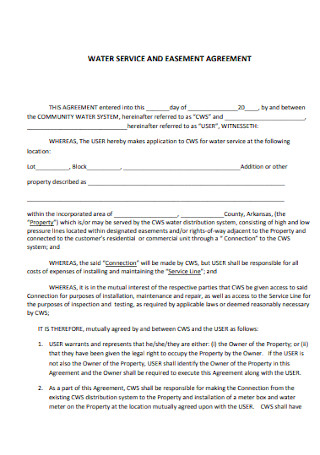
Water Service Easement Agreement Template
download now -

Grant Offer Easement Agreement
download now -
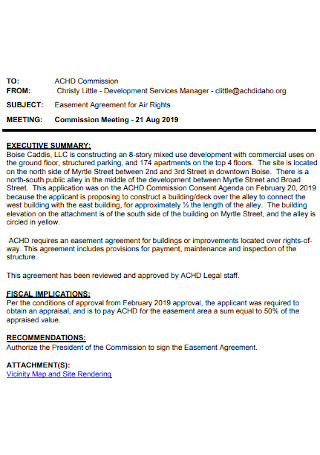
Easement Agreement for Air Rights
download now -
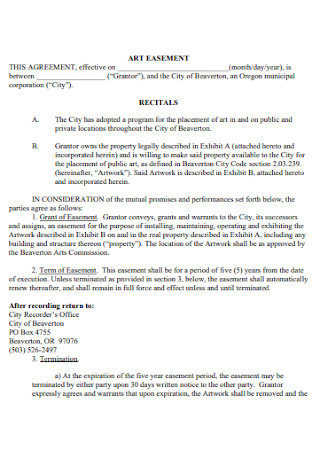
Art Easement Agreement
download now -
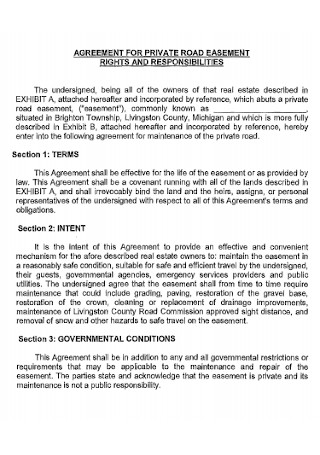
Private Road Easement Agreement
download now -
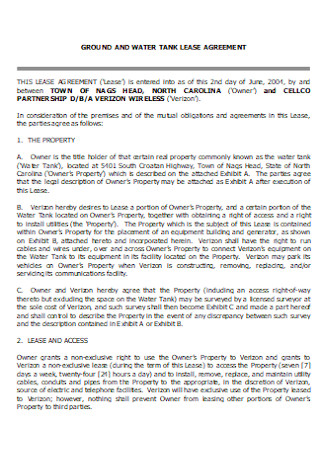
Water Tank Easement Agreement
download now
Easement Agreement: What Is It?
Allowing someone to occupy a property is the primary takeaway from an easement. In simple terms, figure A (the occupant) may use figure B’s (the owner) land. Meanwhile, B must receive payment from A as a return. But, B does not possess the right to ownership. And when these matters need to be written and legally binding, forming an easement agreement commences. Therefore, easement agreements are official real estate documents between parties (the occupant and the owner) about granting land access with monetary exchange.
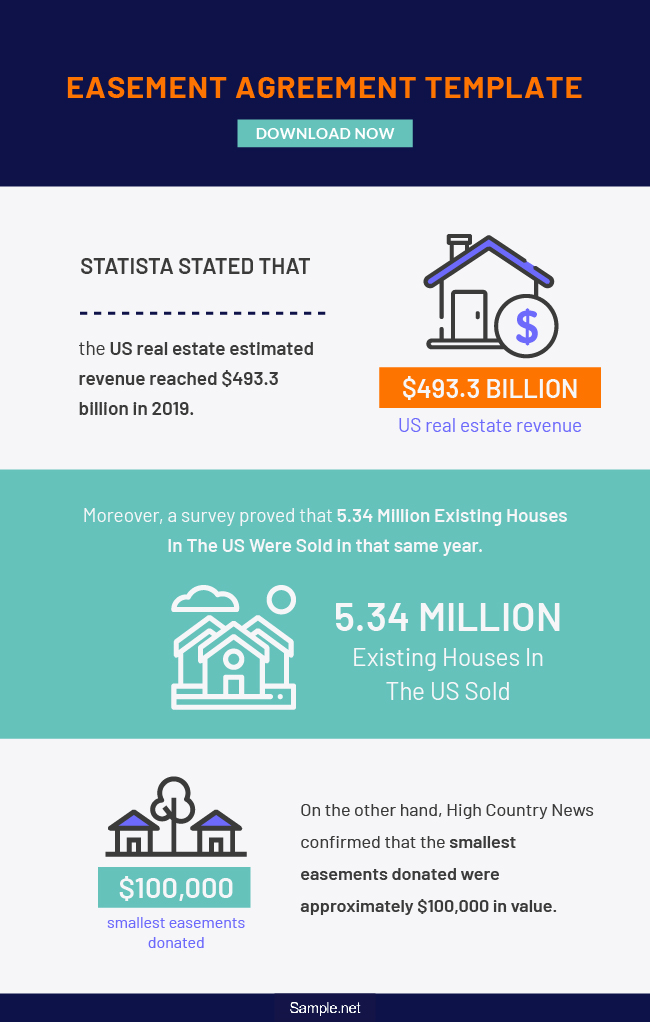
Statista stated that the US real estate estimated revenue reached $493.3 billion in 2019.
Moreover, a survey proved that 5.34 million existing houses in the US were sold in that same year.
On the other hand, High Country News confirmed that the smallest easements donated were approximately $100,000 in value.
When to Use an Easement Agreement
After knowing that the easement requires a fee and is nonpossessory, the next question is when do you need such an agreement? Aside from its definition, a more specific example is from a utility company. Investopedia even stated that easements usually are bought by any public utility business. That way, they can build telephone poles, pipes, and others in the property under easement. Also, anyone hesitant to take the deed can trust this opportunity as it has been stated already that ownership needs not to happen.
On another note, agreements can be temporary or on a long term basis. Maybe construction workers include someone’s private property in their worksite, so the contract may end when all services are fulfilled. Thus, paying forever for that easement is unnecessary. However, some are forced to pay out of necessity. For example, a car owner without a parking lot may have to use a neighbor’s space to park. Hence, he or she needs to pay for the easement. And there are still more uses from this agreement, which you may discover as we dive into the examples of an easement later on.
Why Are Easement Agreements Indispensable?
Keep in mind that the easement agreement is essential because such a form outlines the full details about what parties expect from each other under easement. After granting access to specific individuals in using a residential property, what would be the limits of its usage? Owners should be careful in allowing anyone to occupy their land because others might affect the land’s property value. With too many power lines erected by occupants, perhaps, that land’s aesthetic appeal might decrease. This reason leads us back to why outlining the specific use of one’s property makes this form important.
Also, writing the details about an easement helps prevent conflicts between parties. Maybe an owner complains about certain damages which an occupant committed. With clear rules and stipulations indicated in the document, how to handle liabilities, consequences, and legal terms should not be difficult anymore. In short, a mutual agreement must come to play, or the whole plan ends up to the termination of the contract instead.
What Are Common Examples of an Easement?
The typical examples of easement agreements are divided into three categories. What are they? These are utility, private, and necessity easement. Recognizing their meanings and differences may help you determine how to handle your next easement. Without further ado, here are the common examples:
How to Make an Easement Agreement in Simple Steps
Lands are essential needs. In fact, any landowner is lucky to have such an asset as it is expensive. Moreover, houses involve high costs nowadays, and they continue to be in demand. Statista’s research survey even mentioned that around 5.34 million houses were sold in the US back in 2019. Instead of selling your home and having it gone or purchasing costly houses, easements are more cost-effective. It is a win-win for occupants to save here compared to buying for ownership. More so, owners keep on earning from continuous easements. Now, does that inspire you to create the agreement, wait no more, and follow these easy steps:
Step 1: Set the Introductory Statement
Just like the usual formalities in making agreements, expect written forms, signatures, and proper content delivery. But first things first, ensure that the form you plan on making signifies that it is an easement agreement. To do this, keep the easement agreement label evident. Hence, people no longer wonder what the document is about as the message is clear. Also, insert an introductory statement briefly. What is this statement about? It is where you introduce the content of the agreement, like a summary. State what the sheet is used for specifically, so nobody attempts to use it for different reasons.
Step 2: Recognize Every Party
Of course, determine who occupies the space and who owns the land in the first place. Without identification, it will be hard to confirm who must follow these stipulations under contract. Jot down the correct spelling and details from the name, address, contact number, and so forth. Moreover, indicate the reason for the occupant’s usage for that property. Only the purpose stated here should be observed by the party that shall use a property. Otherwise, property owners have a right to complain when their properties were used for reasons not written in the form.
Step 3: Define the Rights and Remedies
After identifying parties, the main meat of this document is to define the remedies and rights. Begin by determining the type of easement used, and there were already three examples as your guide that were mentioned above. At least this part outlines what rights occupants have while using properties. The same goes for identifying what they are prohibited from doing. Furthermore, legal remedies are useful. If any interference happens like trespassing, damage, and more, an estate might lessen its value. As much as possible, mention that the property is nonpossessory or nontransferable since the owner might lose his or her land if the sheet assumes that ownership takes place.
Step 4: Calculate the Fees
Remember when we mentioned that a payment exchange occurs in an easement? Indeed, the amount needs clarification. Owners cannot just observe a random amount since this is a big decision. Maybe the price is too low, yet the property is even quite massive. Another problem is when the amount is overpriced, considering the estate’s value is low. A tip is to base on other easements about how much they agree with. Or perhaps, work with an expert or a lawyer to decide this matter. There are even donated easements where the smallest easements’ estimated value reached $100,000. Moreover, it indicates fewer tax write-offs.
Step 5: Incorporate Legal Considerations
Something you must be careful of is by incorporating the governing law. Indeed, there are state laws to adhere to, or breaking any law might head to court. Other cases even have the court to make the easement in terms of recognizing its existence. Thanks to legal considerations and applicable laws, potential problems decrease. Failing to provide this part only proves that the agreement is not enforceable by law. And that means anyone who causes a breach of the contract no longer undergoes consequences since it is not legally binding. To keep the deal orderly, never ignore the laws.
Step 6: Discuss the Termination of Easements
While some standard easements are permanent, termination can happen anytime too. Recall the discussion about utility easement. If constructions finish, then easement ends. This reason is why some properties only give out temporary access since there can be a duration. Aside from completing tasks, termination takes place from any dispute. If one party breaks the regulations, then stopping the agreement commences. The same thing occurs when any party abandons the easement without notifying the latter. Since starting the deal requires a formal, organized, and detailed letter, ending the agreement must work that way as well.
FAQs
Is an easement required?
Easements are more of a request rather than a strict requirement. You have a right to deny such requests. Albeit rejecting is okay, having public entities, particularly the government, to request means you must go to court. Nevertheless, the judge grants that easement after thorough investigations.
What is a deeded easement?
A deeded easement is a form of easement allowed by property owners to another party, which will be transferred by deed. This example applies to transferable applications. A typical situation is when someone needs to pass over another property to reach the farm behind that land. Consequently, it is considered a deeded easement.
Is it good or bad to have an easement?
Easements can be beneficial or disadvantageous, depending on how those are handled. It is advantageous when property owners receive cash continuously or when an occupant who needs to use someone’s land can do so anytime. However, it can also be disadvantageous if ever the owner’s residence receives damages from lacking care and maintenance from the occupant. Or perhaps, when occupants end up paying too high for something which they need. To keep it balanced, form a well-thought-out easement agreement.
Now that you are ready and equipped to come up with an easement agreement, are you still doubting why transferring ownership of land is unnecessary? Truth is sometimes involving limited access is a smart move. That way, clear boundaries among parties are recognized. No owner wants their property given to the wrong hands anyway. At least, easement builds a bridge between property owners and those interested in their land to coordinate in caring for the place too. And with our sample templates for grabs, building that bridge comes off easily.
